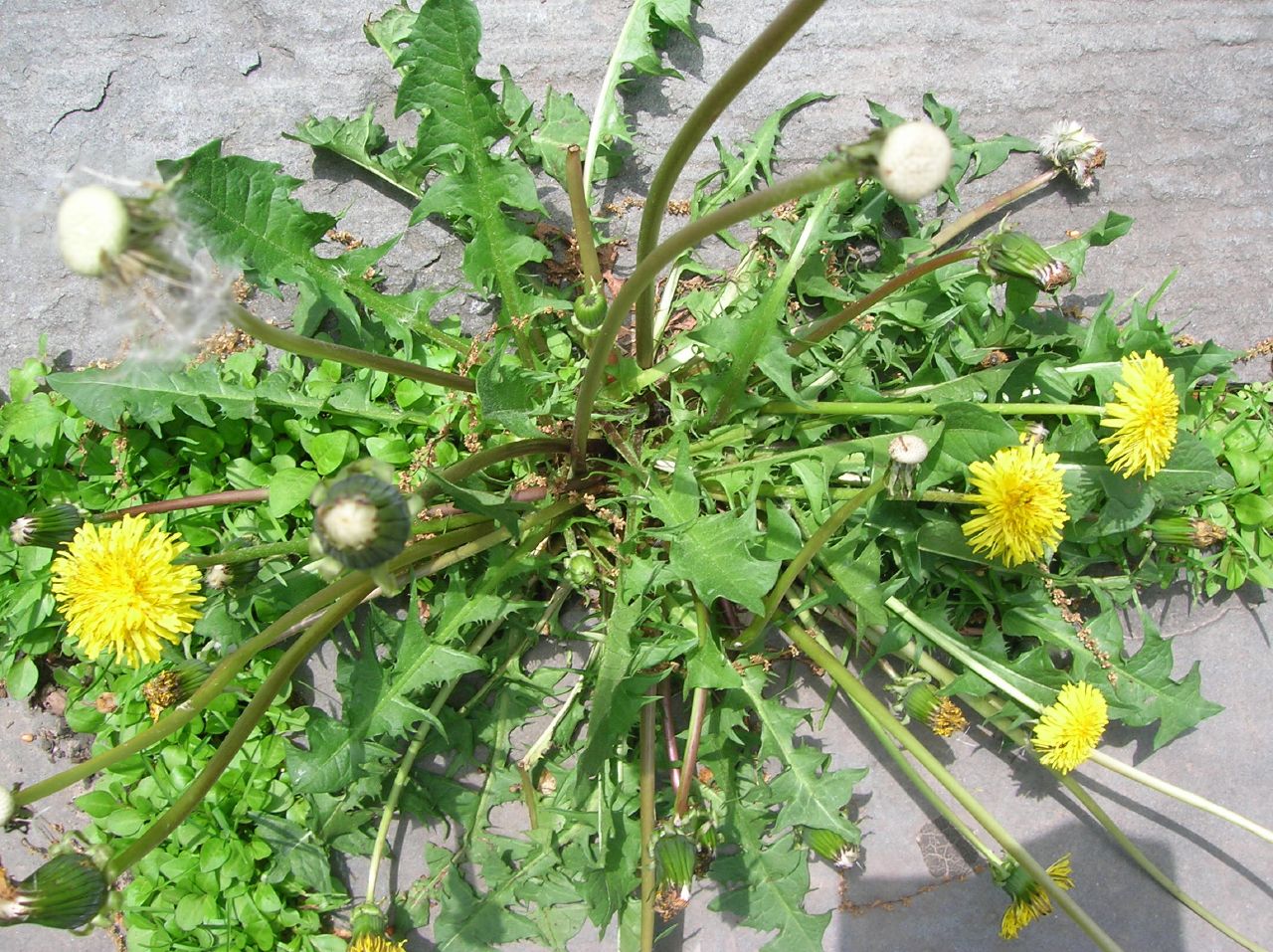This post will primarily address question number 12. As far as I can tell, this poem isn't an allegory, but symbols do still play a fairly prevalent role in the overall message of the poem. The most prominent of which are the many symbols used to represent youth and innocence. Because the poem takes place during Spring, many aspects of nature seem to show renewal and rebirth. This of course connotes a sense of innocence. The weeds are described as long, lovely, and lush (alliteration, yo), eggs are referred to, as well as blooms on a peartree, and racing lambs. All of these things are symbols for this youth, and therefore the innocence that goes along with it, for honestly, what is more innocent than something that is brand new? Spring itself, the very subject of the poem, acts as a symbol. The author calls it a strain of the earth's sweet being in the beginning In Eden garden. He says that through Spring, we are able to get a glimpse of what the world was like before it was tainted by sin. Therefore, the author asks for Christ Himself to come save the world before it becomes sour, literally before the innocence of humanity is corrupted by sin, symbolized by the inevitable end of Spring and progression into other seasons.
Subscribe to:
Post Comments (Atom)



No comments:
Post a Comment